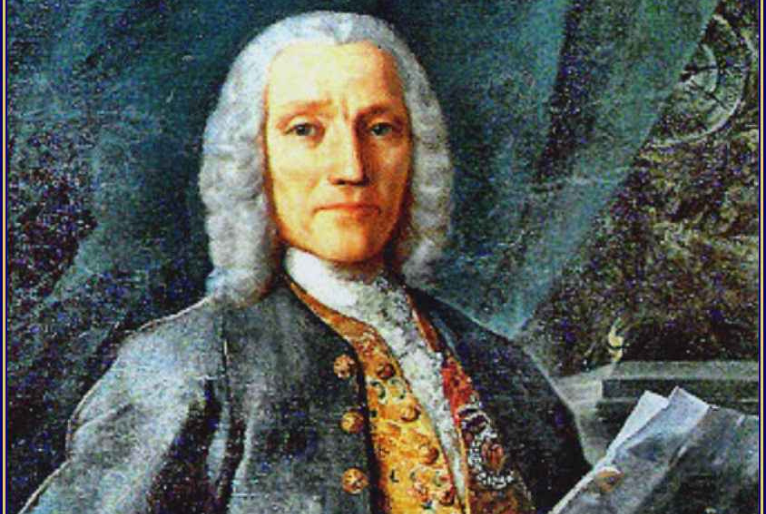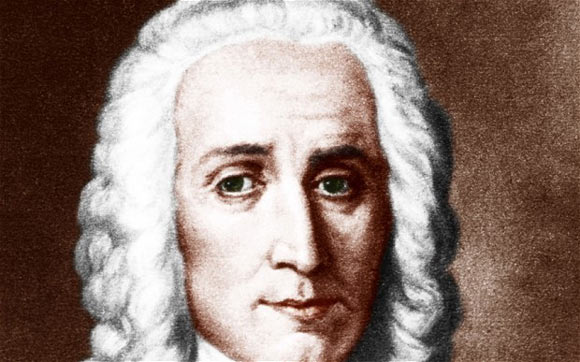Latest Comments

Top 10 Scarlatti Songs
Domenico Scarlatti (1685-1757) was a Baroque composer whose prolific output includes over 550 keyboard sonatas, which are considered some of the most significant works in[…]

Domenico Scarlatti – Biography and Life
Domenico Scarlatti (1685–1757) was an Italian composer and harpsichord virtuoso of the Baroque era, best known for his prolific output of keyboard sonatas. Born in[…]

Masterpieces Unveiled: The 10 Best Compositions by Composer Domenico Scarlatti
Domenico Scarlatti, an Italian composer of the Baroque era, is widely celebrated for his remarkable contributions to the world of music. Renowned for his sonatas,[…]

Domenico Scarlatti: A Musical Maestro of the Baroque Era
Domenico Scarlatti, an Italian composer of the Baroque era, left an indelible mark on the world of music with his vibrant and ingenious compositions. Renowned[…]

Domenico Scarlatti: Unveiling the Musical Genius
In the annals of classical music, few composers have left an indelible mark on the world as Domenico Scarlatti did. Renowned for his groundbreaking contributions[…]

Scarlatti – Vivaldi – Concerto Grosso in F minor – Music | History
Scarlatti – Vivaldi – Concerto Grosso in F minor – Music | History The Sinfonie di concerto grosso (R.533/1 to 12) is the title of twelve[…]
© 2025 Top Classical Music. Created with ❤ using WordPress and Kubio